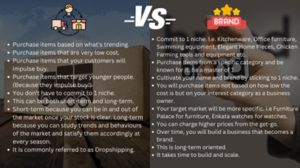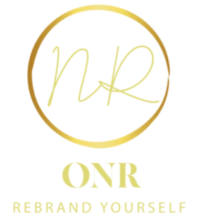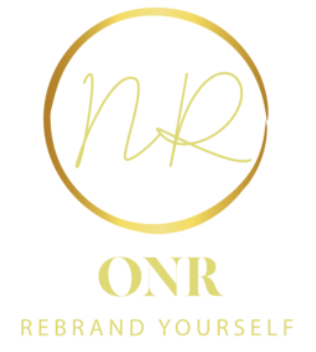Which Business Strategy for Importing would work best for you? A or B?🧐

Which Business Strategy for Importing would work best for you? A or B?🧐
In today’s email, I want you to be honest with yourself. (This will help you find alignment!)
Firstly, I know you want to start a business with importing. You probably know what you want or don’t want to import. It’s fine. ONR is here to help you!
Now, if you were being honest with yourself:
- Do you want to import items that can fetch money fast or
- Do you want to import items that could position you as a more significant business in the long run?
Why am I asking this?
Knowing your end goal and reverse engineering, a.k.a. work backwards, will exempt you from making costly mistakes.
If your end goal is to fetch money fast, you will set up your business differently than if your goal is to grow your business to something more significant in the long run.
Both are viable business strategies, but knowing how to go about it from the get-go before investing money, time, and energy is essential.
Knowing that both strategies cater to different markets, needs, and target audiences is also crucial.
For example, Strategy 1
If you want to import items that can fetch money fast, then:
(Not all points must be applicable; it’s an either-or situation!)
- Purchase items based on what’s trending or are very unique.
- Purchase items that are low cost.
- Purchase items that your customers will impulse buy.
- Purchase items that target younger people. (Because they impulse buy!)
- You don’t have to commit to 1 niche.
- This can be both short-term and long-term.
- Short-term because you can be in and out of the market once your stock is clear. Long-term because you can study trends and behaviours of the market and satisfy them accordingly at every season.
- It is commonly referred to as dropshipping.
In this strategy, you don’t have to stick to 1 product. You can quickly revolve around many products because you move according to the ‘latest trend’ or the ‘latest product’ introduced and moving fast in the market.
The goal is to SELL and offload the product purchased before the hype dies.
Strategy 2:
If you want to import items that could position you as a more significant business in the long run, then:
- Commit to 1 niche, such as kitchenware, Office furniture, Swimming equipment, Elegant Home Pieces, Chicken Farming tools and equipment, etc.
- Purchase items from a specific category and be known for it. Be a master of 1.
- Cultivate your name and brand by sticking to 1 niche.
- You will purchase items not based on how low the cost is but on your interest category as a business owner.
- Your target market will be more specific. i.e., Furniture Palace for furniture and Enkata watches for watches.
- You can charge higher prices from the get-go.
- Over time, you will build a business that becomes a brand.
- This is long-term oriented.
- It takes time to build and scale.
Here is a picture comparison.

As you consider joining our class, I hope this breakdown helps you put a few things into perspective.
Both of these strategies work fine, and we suggest you evaluate yourself to determine what you want and what your end goal is.
We promised in the previous email to show you products you can consider importing to sell, and that’s what most of our emails going forward will be all about. (Stay peeled.)
With that in mind, I want to leave you with this:
Quote of the day – “ Forget past mistakes. Forget failures. Forget everything except what you’re going to do now and do it. ” – William Durant, Co-founder, General Motors.

Will you leap now and invest in yourself?
If you are ready to become a student of ONR and climb the mountain with us, join us here.
See you on the other side.
If you have any questions, please WhatsApp me at (+254) 729 481 245. I’ll gladly help and assist.
Talk to you soon,
Olive.

